|
Confession: I never cared much about Crabapples, neither liking nor disliking them to any great degree. They were another spring-flowering tree commonly seen on neighborhood front lawns, like Dogwoods and Redbuds. Pretty, but nothing remarkable. Then I inherited one at the house I bought. It was planted about ten years prior by the two spinster sisters who lived here, and who had an infallible sense of what would look just right at this funky old farmhouse. Taken out of its suburban setting, near our clothesline and on the route we take, twice daily at least, out to the henhouse and vegetable garden, it seems perfectly suited and has reached a stage of maturity that's allowed me to fully appreciate its year-round appeal. I have no idea what the variety is, but like most Crabapples it flowers in May, its deep pink buds opening gradually to become a fragrant cumulus cloud of white blossom, alive with bees and other pollinators. The big display lasts for the better part of two weeks, longer if the weather is cool and overcast, and as the petals drop they litter the ground underneath in a charming way, competing with the white Crested Iris and white Epimediums I've planted in the tree's shade. Throughout the summer months it remains a substantial but unobtrusive presence that, along with two ancient Lilacs, makes up the canopy of a large shady area that's ideal for Hellebores, Hosta, Hakonechloa, Asarum and many other herbaceous plants. Its leaves are handsome, clean, glossy and (so far) disease free, so I suspect it's one of the more modern varieties that are being bred for greater resistance to the many problems that plague fruiting apples. But make fruit it certainly does, thousands of pea-sized bobbles that cluster densely on the branches and mature to a deep ruby red by fall, and hang on through most of the winter until, sweetened by multiple frosts, they're stripped by Robins, Cedar Waxwings and Jays. Even after the fruit is gone, our tree gives us pleasure with its gnarled, mature structure and dense twiggy branches. Choosing a Crabapple variety for planting can be a daunting task as there seem to be hundreds in cultivation, but if your home's style is farmhouse casual, stick with the white-blooming cultivars. 'Donald Wyman' (below) is a reliable, disease resistant choice with a handsome form, profuse flowers and small, bright red fruits. If attracting birds is a priority for you, make sure you choose a type with fruit on the smaller side... under one inch in diameter. If you're interested in cider-making or jelly (Crabapples contain high amounts of pectin) there are larger fruited varieties too. If you have a more formal or modernist property, you might consider a variety with brighter flowers and colored leaves, like 'Centurion'. The deep rose-pink blossoms are followed by purple new foliage that turns a rich bronze-green as the season progresses. These are more "gardenesque" types that can be used to great dramatic effect, as in the grove planting (below) designed by Peter Bevacqua. An allée of them would also be spectacular. For the truly romantic, 'Red Jade' (below) is a beautiful weeping form that looks right as a featured specimen with Gothic Revival, Victorian or Asian-inspired architecture. The white flowers are followed by deep crimson, jewel-like fruit about 3/4" in diameter. Whatever your taste, there's a Crabapple that would suit the bill, and I urge you to rethink their appeal. Hardy, reliable and beautiful in all seasons, they need to be reconsidered and used more carefully and creatively. Like the potato in cooking, they can be down-home unpretentious or dressed-up sophisticated, a very useful staple that deserves being seen through new eyes, and freed from the cliché of suburban overuse.
1 Comment
1/25/2024 05:01:26 am
Hey there! Have you shopped at Kohl's recently? If so, you should definitely take their survey at https://www.kohlsfeedback.page/survey/. Not only can you give them your feedback, but you also get entered for a chance to win a $1000 Gift Coupon! How awesome is that? It only takes a few minutes and you could score big. So, next time you're chilling at home, take a few minutes to fill out the survey. Good luck!
Reply
Leave a Reply. |
Welcome to Sempervivum, an opinionated, sometimes informed and completely unqualified journal of gardens, plants and plantings by artist-gardener Robert Clyde Anderson. Archives
October 2021
Categories
|
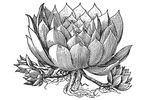
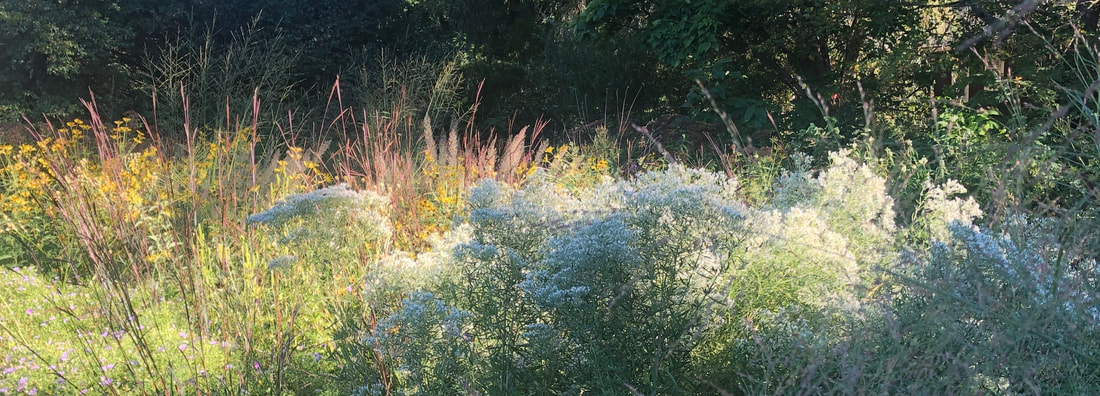
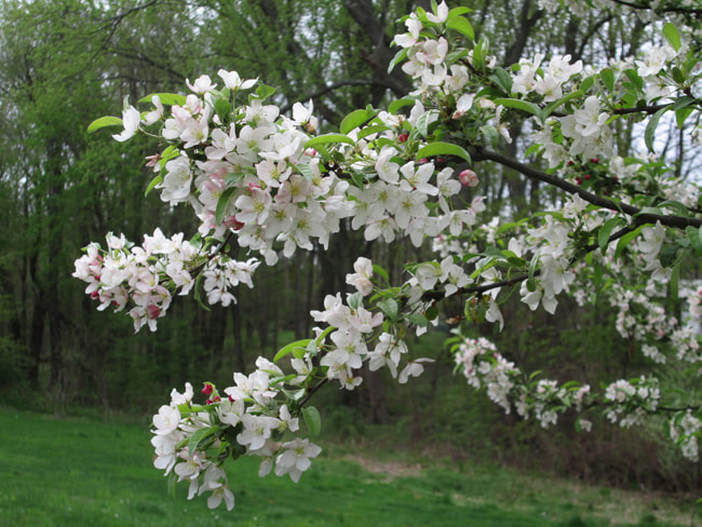
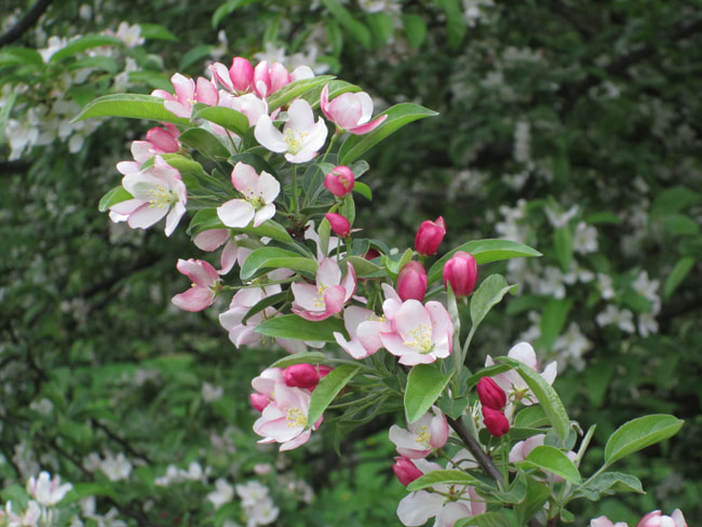
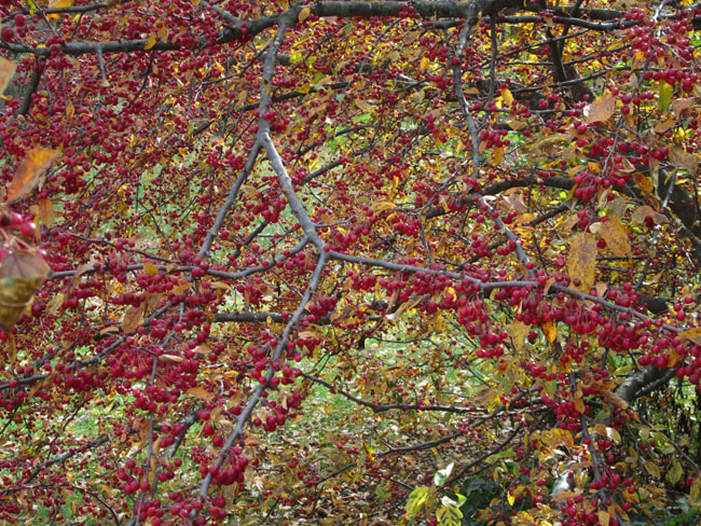
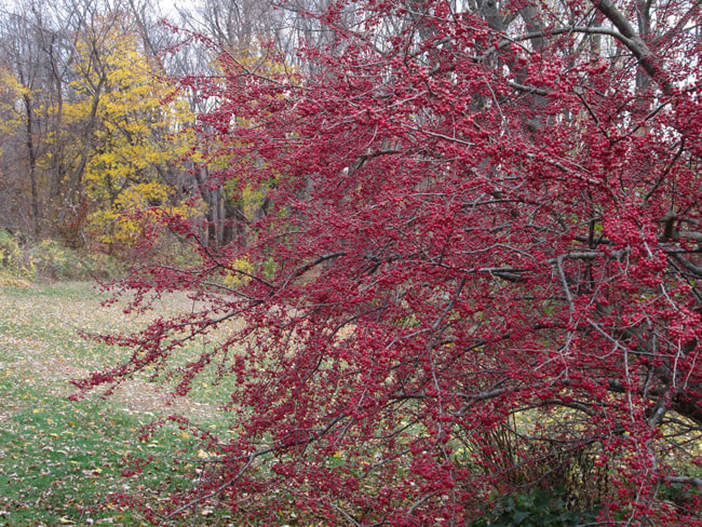
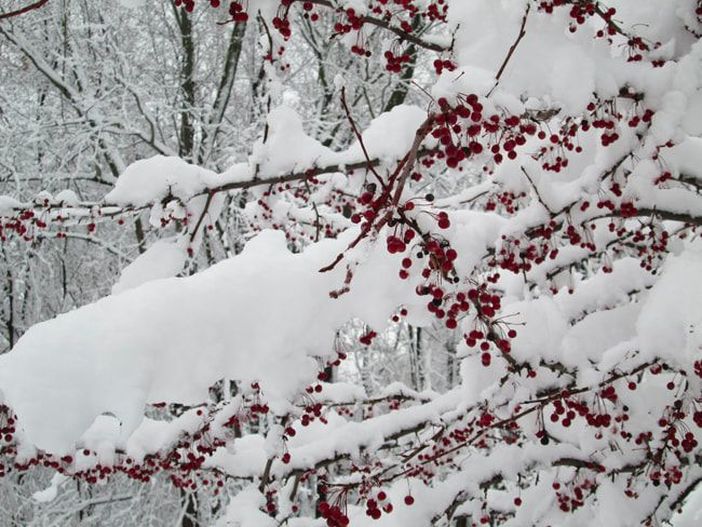
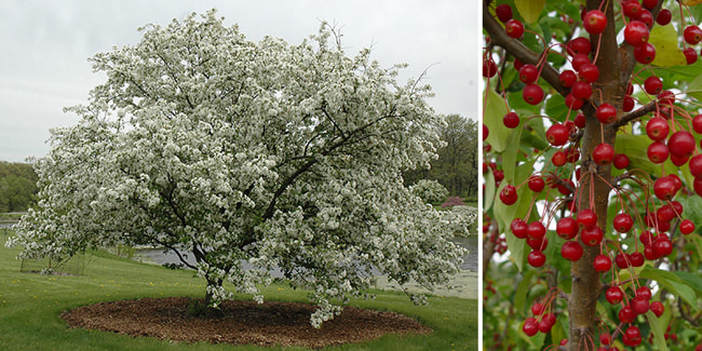
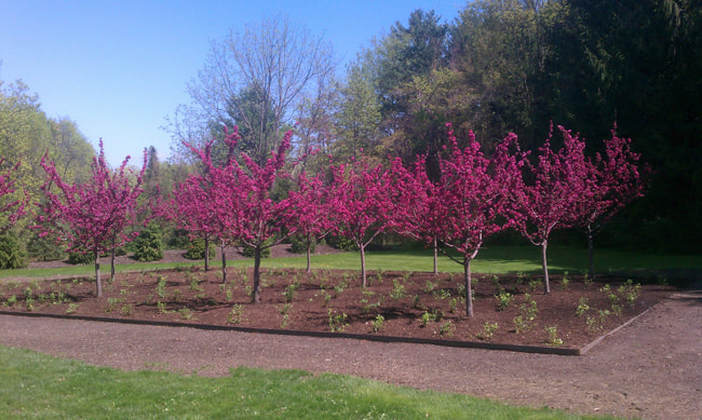
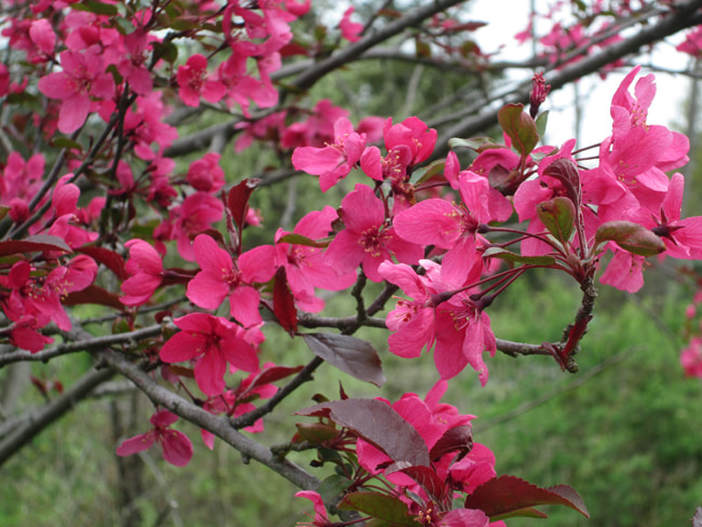
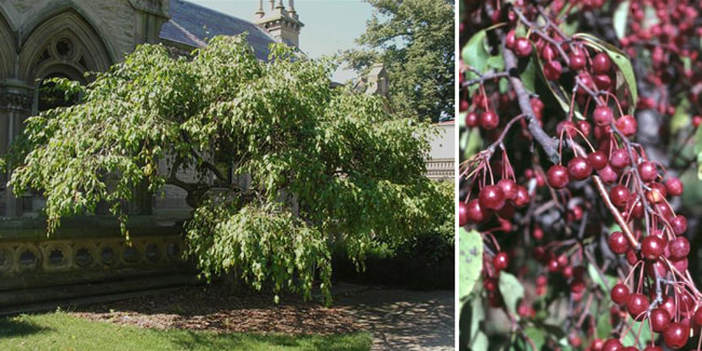
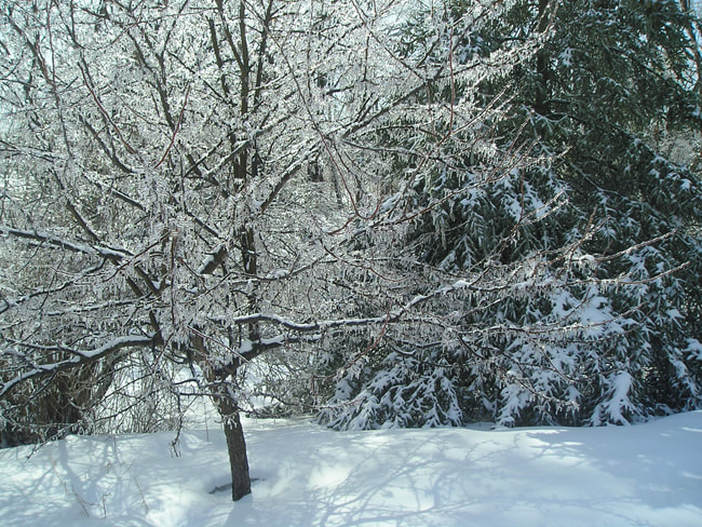
 RSS Feed
RSS Feed